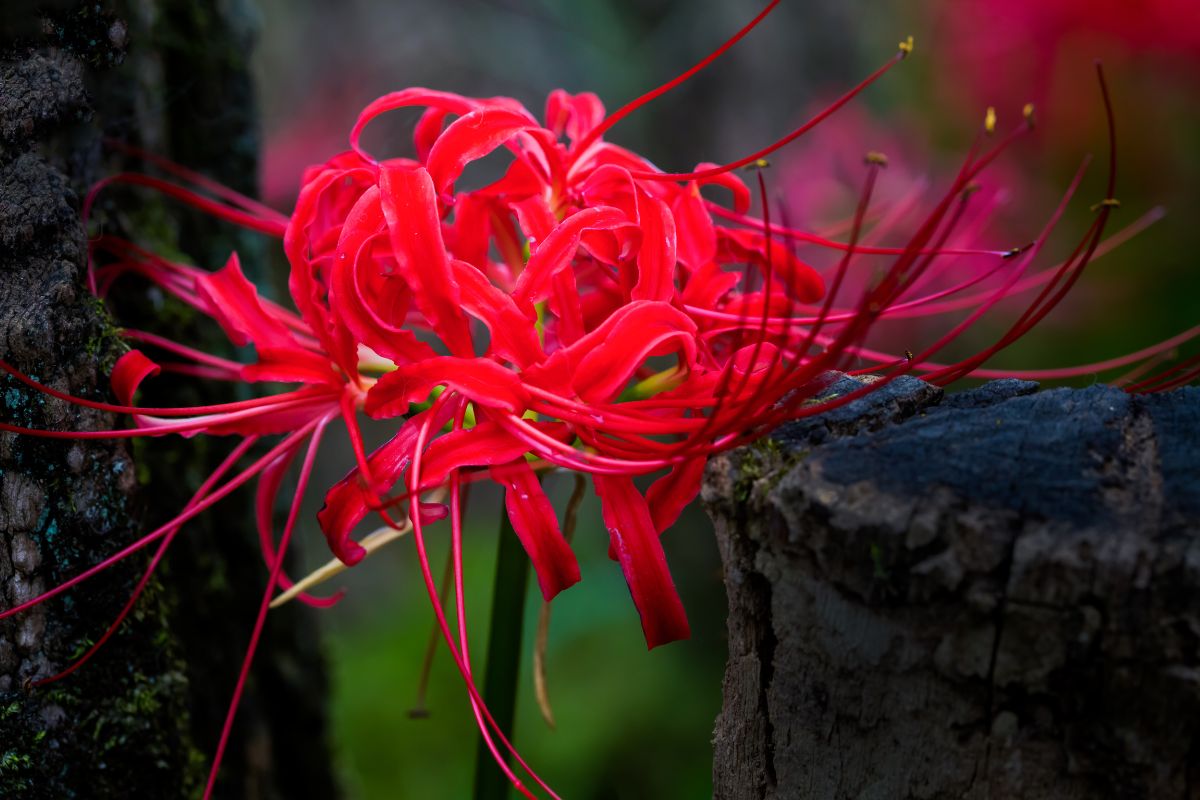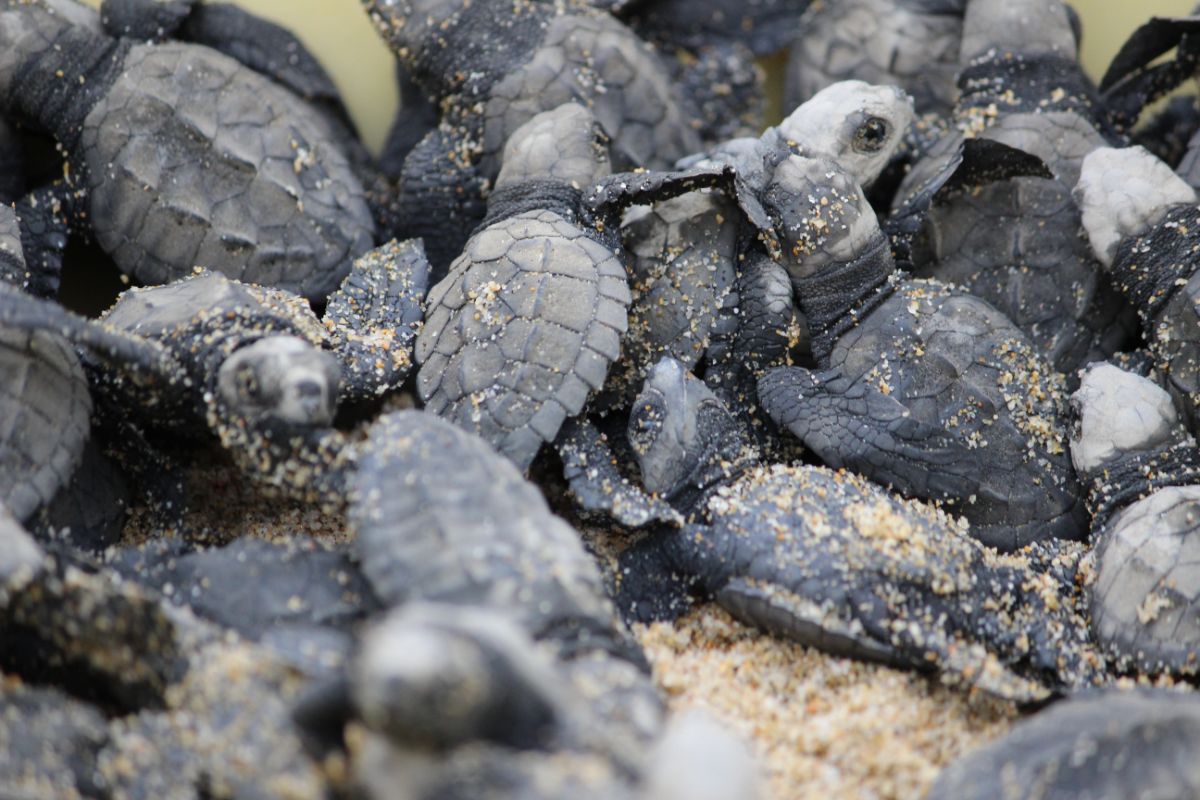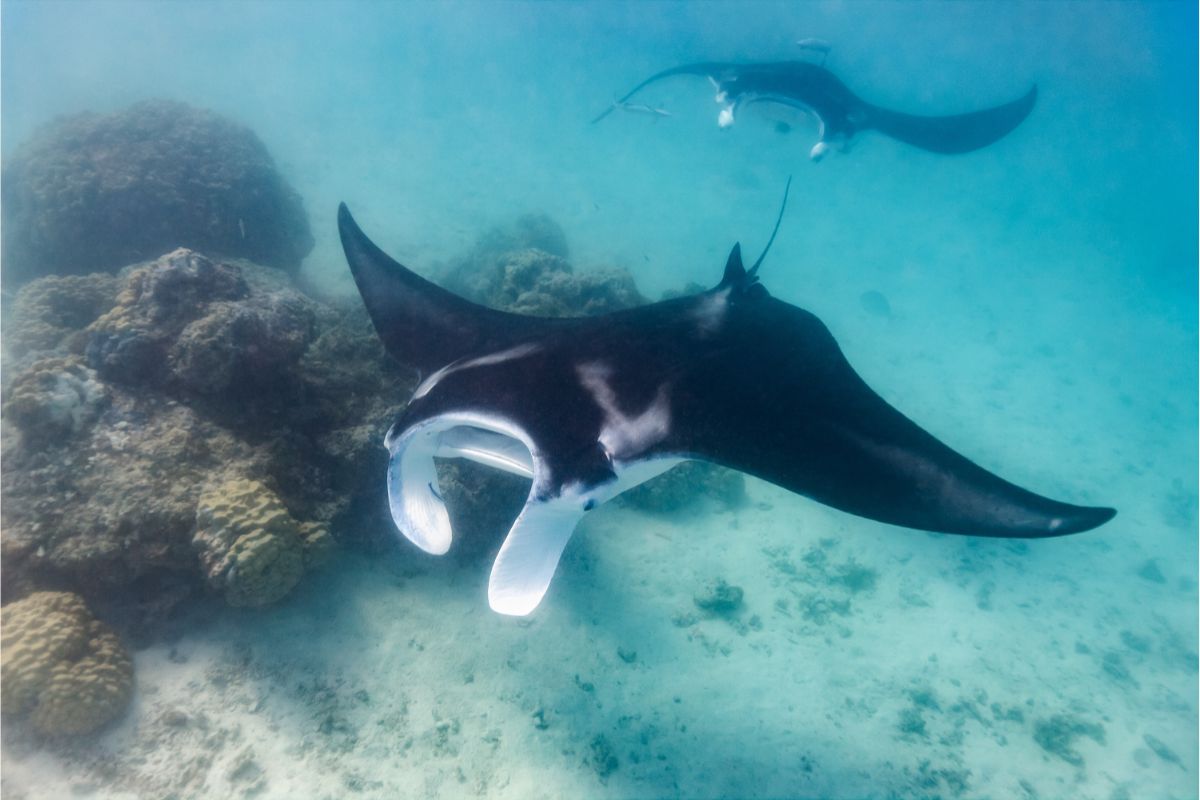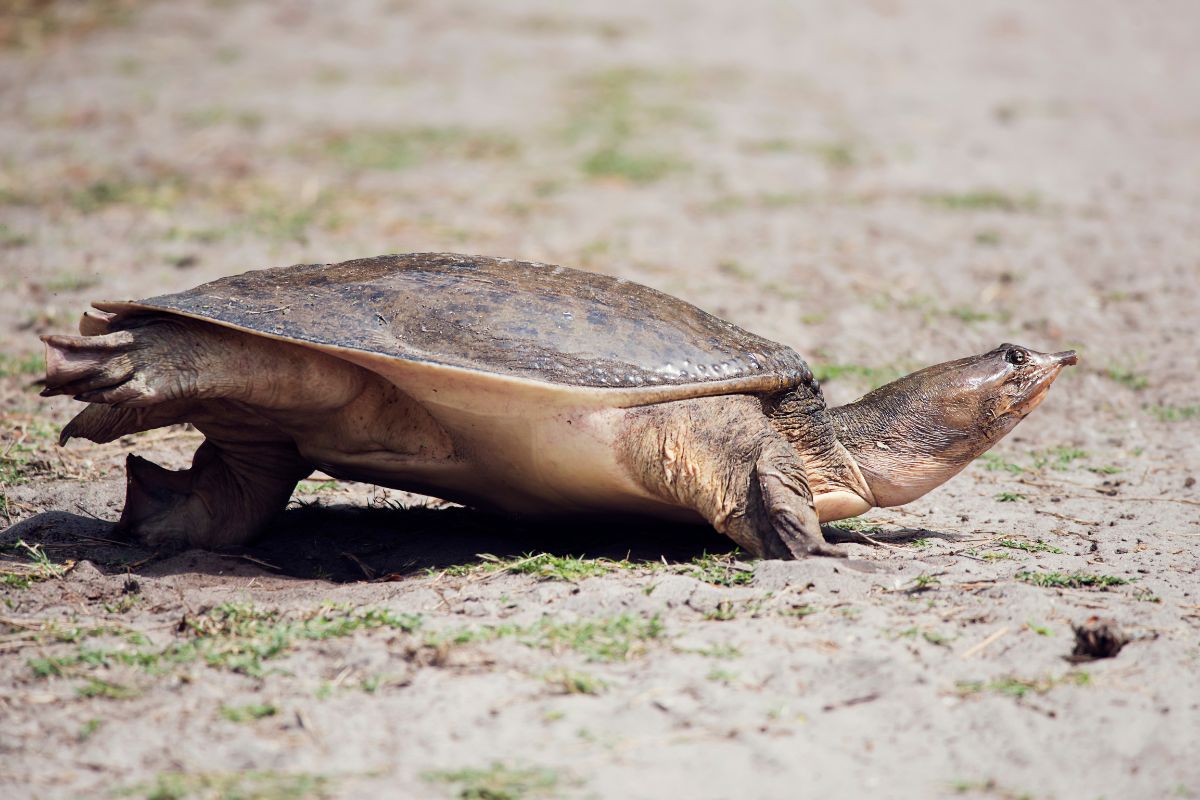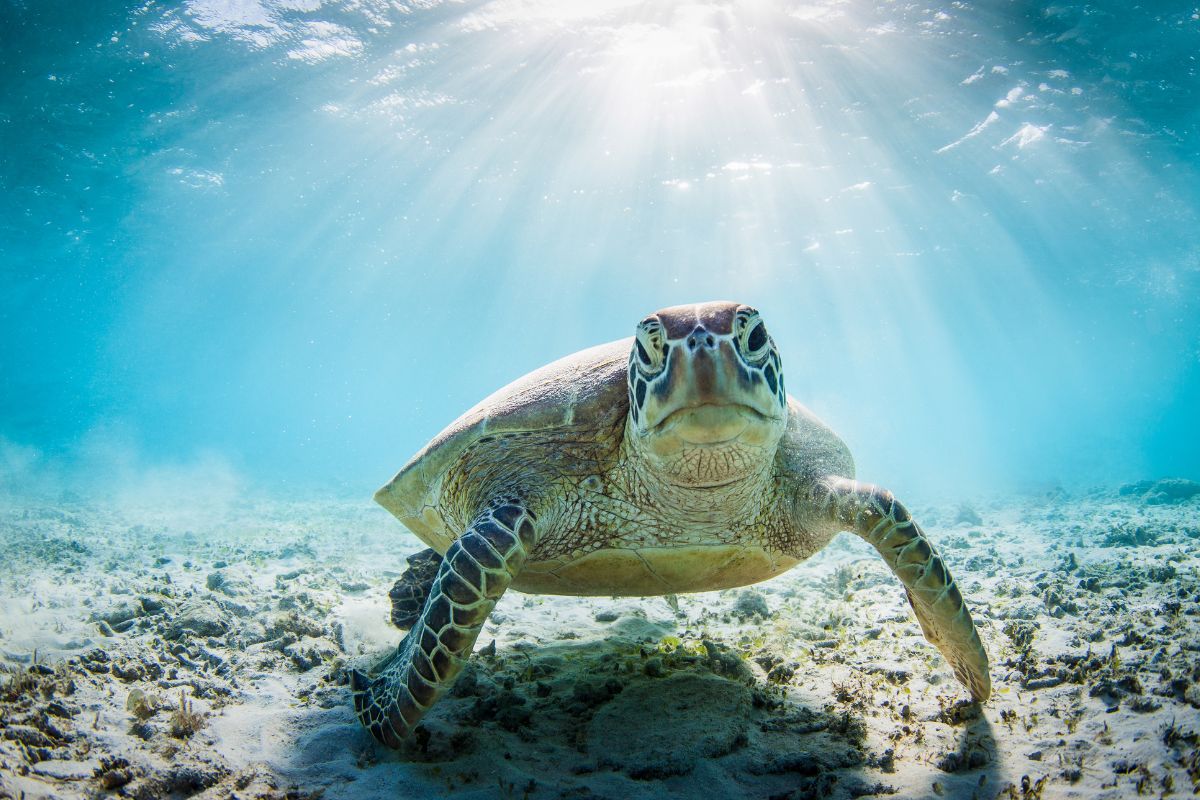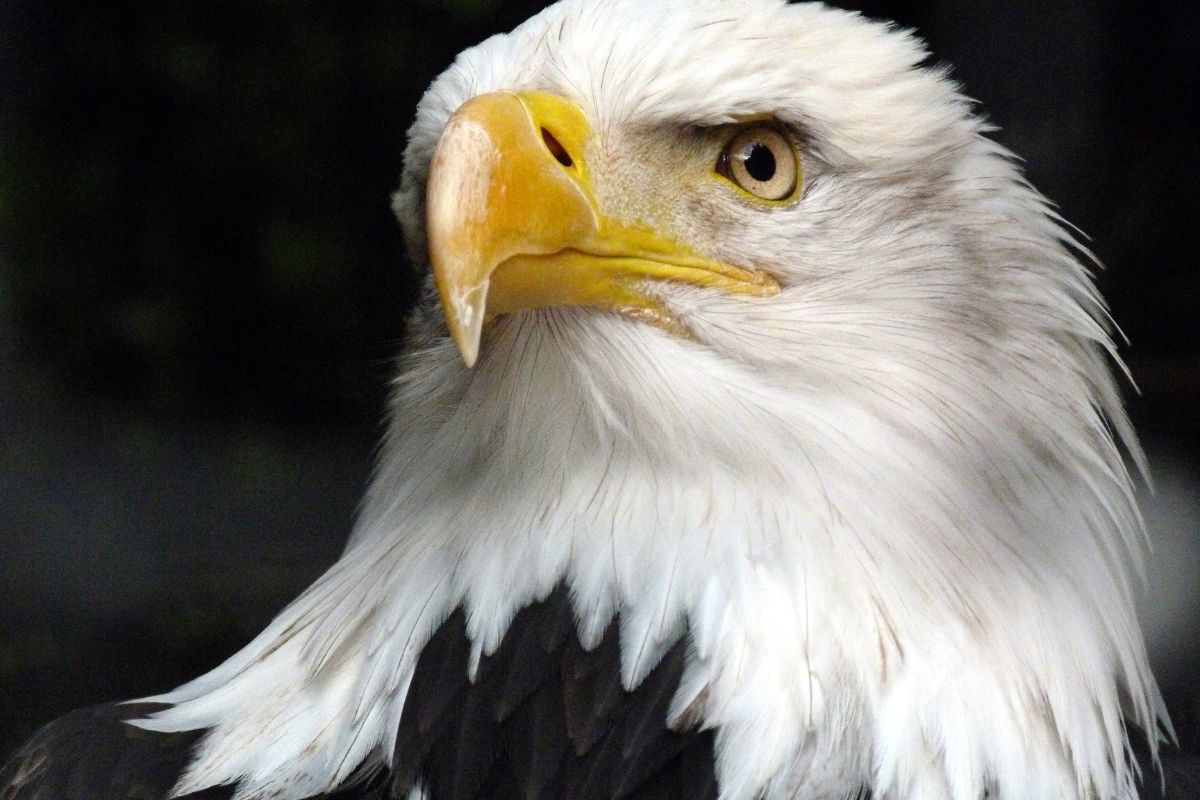The Ivanpah Valley used to be a stunning space, full of natural habitat and wildlife to match.
Now, solar development projects scatter the area, and more are going to be added to the vast sea of mirrors. How does this affect the wildlife of the valley, and what will more solar projects do?
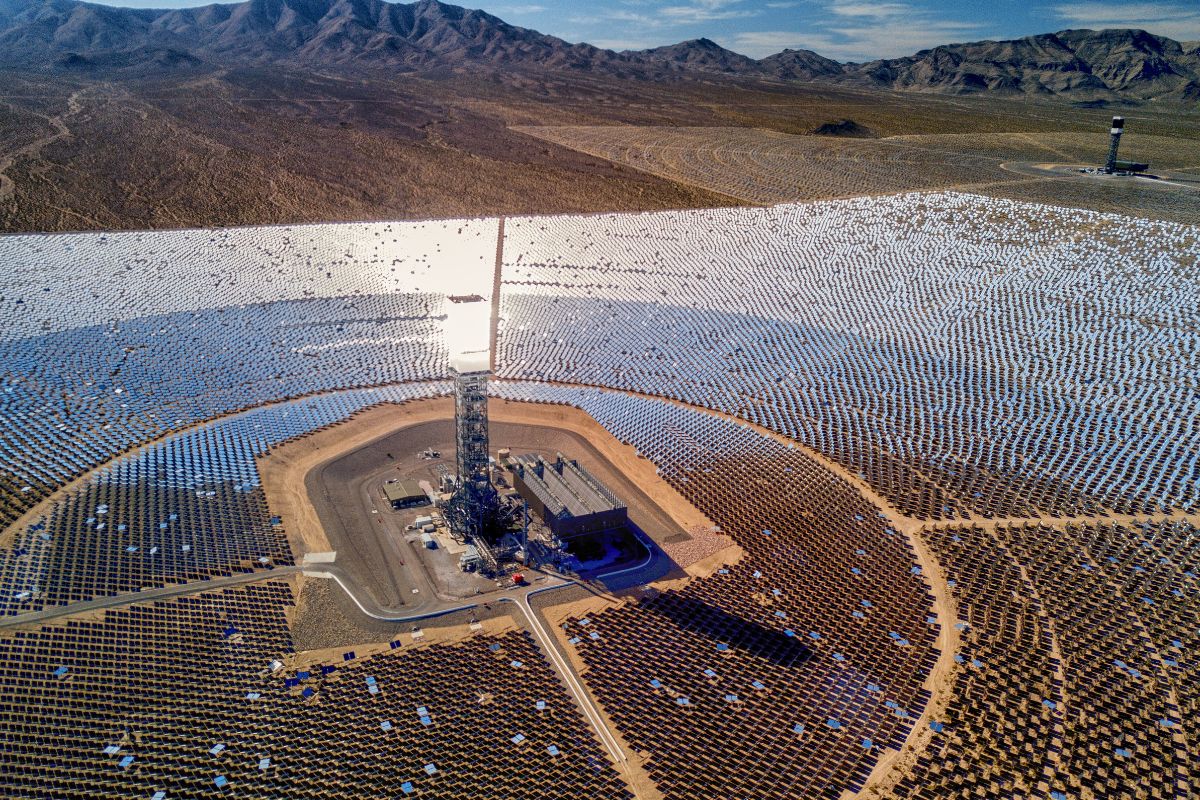
A Quick Look At Ivanpah Valley
This valley is now home to the Brightsource Ivanpah Solar Electric Generating System. This is the biggest solar plant in the world that concentrates the rays of the sun to produce electricity.
The system covers a staggering 2,500 acres, which is almost 5.5 square miles.
This land that the system sits on used to be prime desert tortoise habitat. While 5.5 square miles might not sound like a substantial amount of habitat loss, this is only the tip of the iceberg.
How The Solar Development Projects Are Impacting Wildlife
Habitat Loss
As you can imagine, habitat loss is one of two key issues with solar development projects like the Brightsource Solar Project.
This project alone has destroyed 3,500 acres of prime desert tortoise habitat. However, with future plans for more systems already in motion, this number will soon be doubled, if not tripled in the years to come.
Without their unique habitats, no animals can survive, let alone thrive. The desert tortoise has been impacted significantly by even this one solar project.
This is only made worse by the fact that, despite warnings and talks, those with the power don’t seem to care.
Cutting Off Tortoise Routes
Direct habitat loss isn’t the only issue that the desert tortoise population is facing.
To understand how detrimental these systems can be, it’s important to know that because of the remote location of the valley, it’s far from recovery units.
By solar development projects cutting through the land and dividing it, they are cutting off the links and routes that the tortoises have to the other side of the valley.
It’s incredibly important for the tortoises in the northern parts of the valley to reach the south. They can only do this if the landscape allows them to.
It is this very landscape that links the valley together, and the systems and projects would destroy these links.
More Solar Projects To Come
One solar project is not the end of this problem. Over recent years, even more of these destructive projects have been given the green light.
These projects would cause even more destruction, and over a much wider area than we are currently seeing.
Silver State And Stateline Solar Projects
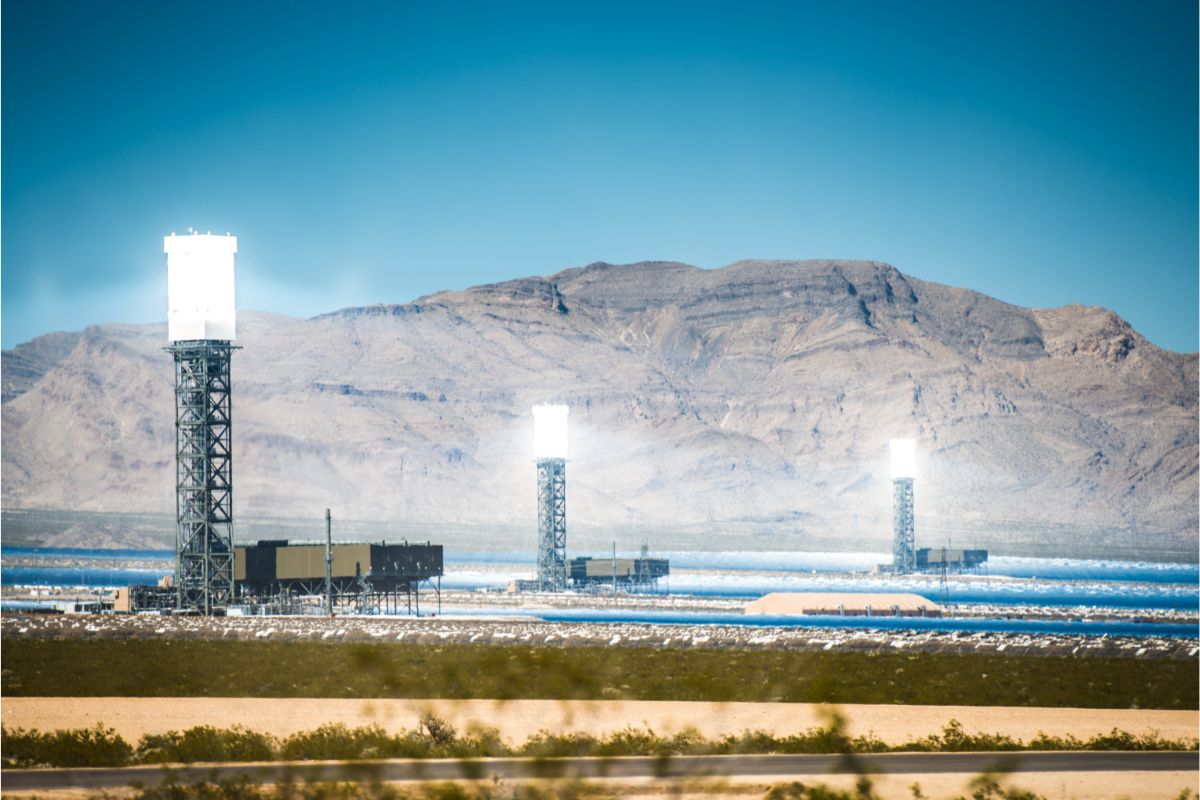
The Silver State and Stateline Solar Projects are two solar projects that are planning on going ahead in the Ivanpah Valley.
These two projects would destroy a further 4,000 acres of prime habitat for the desert tortoise.
These projects would not be situated in different areas, either. The Stateline Solar Project is situated directly adjacent to the Brightsource Solar Project.
The Silver State South Solar Project, on the other hand, is in Nevada, just up the highway. This project is also situated directly next to another solar project – the Silver State North Solar Project.
Once the Silver State South and Stateline Solar Projects are added to these two projects that already exist, the results will be catastrophic.
The systems will create an impenetrable wall of development, which will be a scar across the middle of Ivanpah Valley. This will cut tortoises off from one side of the valley to the other, and either displace or skill over 2,000 of these animals.
Why These Solar Project Locations Are So Damaging
While any kind of project will have an adverse effect on habitat and wildlife, there is something that makes these two projects’ locations especially bad.
This issue is that the land where these projects will be is well-known for being vibrant, prime habitat for these tortoises. As such, this area is full of healthy tortoises who are thriving where they are.
Knowing that this land is one of the few places where these desert tortoises are thriving, developers are not interested in changing locations.
Defenders, as well as many other organizations and groups, have expressed concern and communicated with these developers.
However, nothing has come of it, and they refuse to relocate their sites to areas that are already degraded.
Any relocation to an area that is less critical to these animals would be a breath of relief, but again, developers have shown no interest in even attempting this.
Is There Hope For Renewable Energy?
One thing you might be wondering after reading of the tremendous impact of these solar development projects is whether they should have a place in this world.
The answer is a resounding yes. Renewable energy is the most responsible way of getting the energy the world needs. However, this must be done responsibly.
Unfortunately, as it is being done now, it is doing more harm to nature than good.
So, how can renewable energy be created responsibly? The key to doing this is to see the whole picture.
There doesn’t have to be a voice between conserving wildlife and habitat and creating renewable energy. All that is needed is planning from the very start.
Instead of looking at projects one by one, they must be looked at as a whole, across the whole country and even the whole world.
Projects must be set up in areas that are not critical to an animal’s survival. As things are happening now, big companies are not even considering the devastating impact they have on the natural world.
Final Thoughts
Solar development projects in the Ivanpah Valley are destroying habitat and animals, such as the desert tortoise.
Despite negotiations, big companies and contractors show no interest in relocating their projects to less critical areas.
Because of this, the future of the desert tortoise, and so many more animals, hang in the balance.
- What Do Squirrels Eat? Learn About Their Diet and Winter Survival - October 14, 2024
- What Do Raccoons Eat? Discover Their Diet and Eating Habits - October 6, 2024
- What do foxes eat? - October 5, 2024

